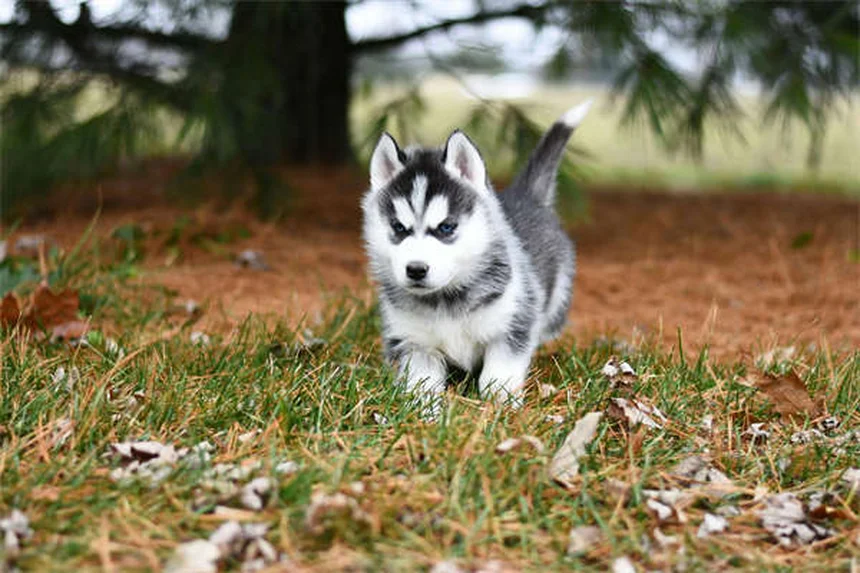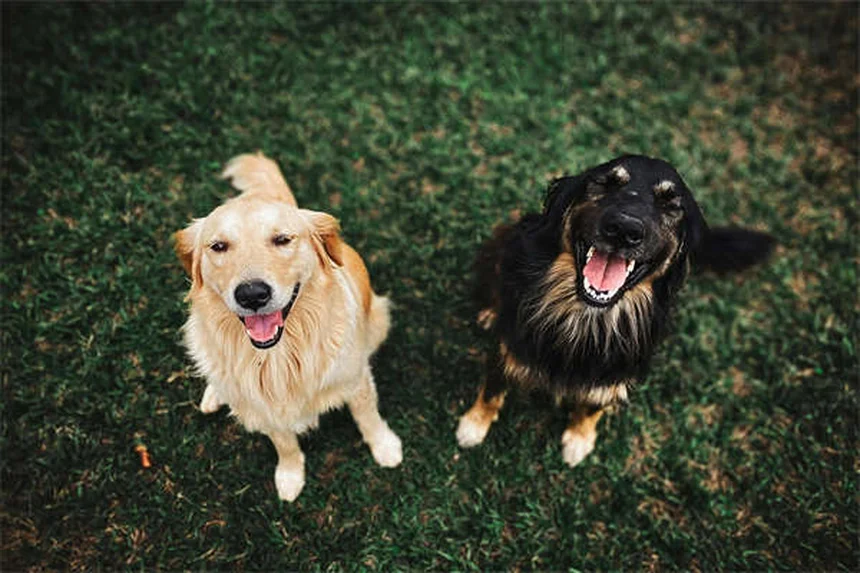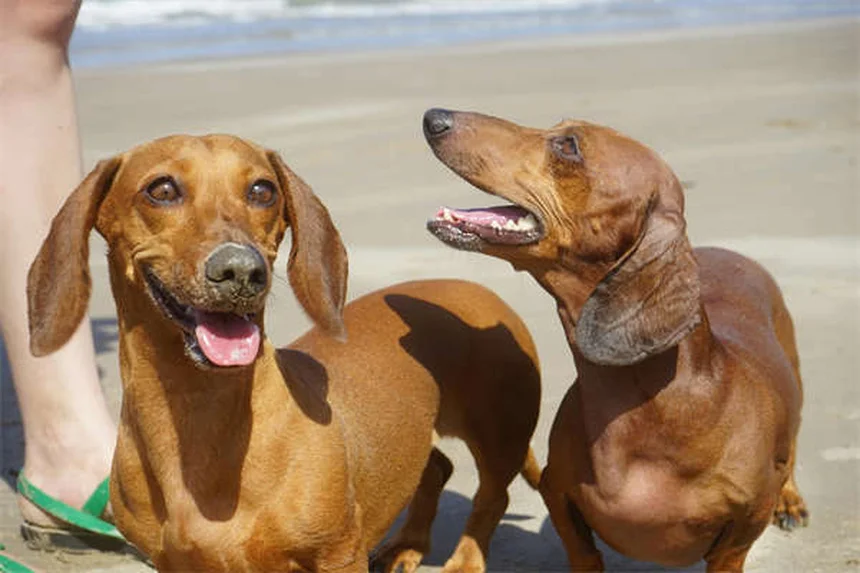What is fur slip in chinchillas? The answer is simple: it's their natural defense mechanism! When chinchillas feel threatened or are handled roughly, they release patches of fur to escape danger - just like their wild ancestors did to evade predators. I've seen this happen firsthand with my own chinchilla, and let me tell you, it can be startling when you're not expecting it! Fur slip isn't painful for your pet, but it does leave noticeable bald spots that take months to fully regrow. The good news? You can easily prevent this by learning proper handling techniques and creating a stress-free environment for your furry friend. In this guide, we'll walk you through everything you need to know about chinchilla fur release, from why it happens to how you can help your pet feel safe and secure.
E.g. :How to Keep Your Home Smell-Free: The Ultimate Cat Litter Box Cleaning Guide
- 1、Is Your Chinchilla Losing Hair? Let's Talk About Fur Slip!
- 2、Handling Your Chinchilla Like a Pro
- 3、Fur Slip vs. Normal Shedding: Spot the Difference
- 4、When Will My Chinchilla's Fur Grow Back?
- 5、Other Reasons Your Chinchilla Might Be Losing Hair
- 6、What To Do If You Notice Hair Loss
- 7、Understanding Chinchilla Fur: More Than Just Fluff
- 8、Creating the Perfect Chinchilla Environment
- 9、Nutrition: Feeding for Fantastic Fur
- 10、Bonding With Your Chinchilla Without the Fur Slip
- 11、FAQs
Is Your Chinchilla Losing Hair? Let's Talk About Fur Slip!
Picture this: you're cuddling your fluffy chinchilla when suddenly – poof! – a chunk of fur comes off in your hand. Don't panic! This is called fur slip, and it's actually a cool defense mechanism your pet's wild ancestors developed.
Why Do Chinchillas Do This?
In the wild, when a predator grabs them, chinchillas can release patches of fur to escape. It's like a magic trick – "Now you see me, now you don't!" – leaving the predator with just a mouthful of fur while the chinchilla runs to safety.
Your pet chinchilla still has this instinct, even though they live in your safe, cozy home. That's why we need to be extra careful when handling them. Did you know that a single rough grab can trigger this response? It's not painful for them, but it does leave a bald spot that takes time to grow back.
Handling Your Chinchilla Like a Pro
The Right Way to Pick Up Your Furry Friend
Imagine you're holding a delicate cloud. That's how gentle you need to be! Always support their entire body – one hand under the chest, the other supporting the hind legs. Never grab by the fur or skin. I learned this the hard way when my first chinchilla, Mr. Fluffy, left me with a handful of fur and a lesson I'll never forget!
Here's a quick comparison of good vs. bad handling techniques:
| Good Technique | Bad Technique |
|---|---|
| Supporting entire body | Grabbing by fur or tail |
| Slow, gentle movements | Quick, jerky motions |
| Two-handed hold | One-handed grab |
 Photos provided by pixabay
Photos provided by pixabay
Keeping Predators Away
You might think, "But my dog would never hurt my chinchilla!" Here's the thing – even the friendliest dog or cat can trigger your chinchilla's natural fear response. Their playful swat or curious sniff might make your chinchilla think it's under attack, causing fur slip or worse injuries.
Fur Slip vs. Normal Shedding: Spot the Difference
What Normal Shedding Looks Like
All chinchillas shed – it's completely normal! You'll notice tiny amounts of fur coming off gradually all over their body. It's so subtle that you'll rarely see bald patches. Think of it like humans losing hair – we shed about 50-100 strands daily, but you don't see bald spots unless something's wrong.
The Telltale Signs of Fur Slip
Fur slip is different. It happens suddenly after a stressful event (like that time you tried to catch your chinchilla too quickly). You'll see a clean, smooth bald patch where a whole chunk of fur came out at once. The skin underneath looks healthy – no redness or scabs – just... bare.
Here's a funny way to remember: normal shedding is like leaves falling from trees in autumn, while fur slip is like someone came along and plucked a whole branch!
When Will My Chinchilla's Fur Grow Back?
 Photos provided by pixabay
Photos provided by pixabay
Keeping Predators Away
Good news! The fur does grow back, but patience is key. Within a few weeks, you'll see short stubbly hairs poking through. But for a full, luxurious coat? That might take several months. My friend's chinchilla, Snowball, once took five months to fully regrow a patch the size of a quarter!
During this time, keep your chinchilla comfortable and stress-free. Avoid handling the bald area, and make sure their cage is extra cozy. Some owners like to add soft fleece liners to protect the sensitive skin while it heals.
Other Reasons Your Chinchilla Might Be Losing Hair
Ringworm: The Misnamed Fungus
Despite its name, ringworm isn't a worm at all! It's a pesky fungus that can cause circular bald patches. Unlike fur slip, these areas often look scaly or inflamed. The worst part? It's contagious – to other pets and even to you!
If you notice crusty patches, especially around the nose, ears or feet, it's vet time. They might do a fungal culture (where they grow the fungus in a special dish) or DNA tests to confirm. Treatment usually involves:
- Thorough cage cleaning
- Topical antifungal creams
- Sometimes oral medication
Stress-Induced Fur Chewing
Ever bite your nails when nervous? Chinchillas sometimes chew their fur for similar reasons. The result? Patchy fur that grows back shorter and darker. Common causes include:
- Small or crowded cages
- Aggressive cage mates
- Lack of chew toys
- Poor diet
I once visited a chinchilla rescue where a sweet girl named Pebbles had chewed most of her fur off from stress. After moving to a quiet home with plenty of space and toys, her coat grew back beautifully!
What To Do If You Notice Hair Loss
 Photos provided by pixabay
Photos provided by pixabay
Keeping Predators Away
If you see bald patches and didn't have any rough handling incidents, schedule a vet visit. They'll check for ringworm, dental issues (yes, tooth problems can cause fur chewing!), or other health concerns. Better safe than sorry!
When It's Probably Just Fur Slip
If you know exactly when and how the fur came off (like that time your nephew tried to pet the chinchilla like a puppy), just keep an eye on it. As long as the skin looks clean and you see regrowth within a couple weeks, no vet visit needed.
Remember, chinchillas are delicate but resilient. With proper care and handling, you can minimize fur slip and keep your furry friend looking their best. Now go give your chinchilla some gentle pets – the right way!
Understanding Chinchilla Fur: More Than Just Fluff
The Science Behind That Incredible Coat
Did you know chinchillas have the densest fur of any land mammal? We're talking about 50-80 hairs growing from a single follicle - that's like having 50 strands of spaghetti coming out of one tiny hole! Humans only get about 2-3 hairs per follicle, which really puts things into perspective.
This super-dense fur evolved for survival in the cold Andes mountains. But here's the kicker - it's so thick that chinchillas can't get wet! Their fur holds moisture against the skin, which can lead to fungal infections. That's why you'll never see a chinchilla taking a water bath - they roll in special dust instead. Speaking of which...
Dust Baths: The Secret to a Healthy Coat
You might think giving your chinchilla a dust bath is just for fun, but it's actually essential for their fur health. The fine volcanic dust absorbs oils and cleans between all those dense hairs. Without regular dust baths (2-3 times weekly), their fur can become matted and greasy.
Here's a pro tip: Use a shallow container just big enough for your chinchilla to roll in. I like to use a glass baking dish because it's easy to clean. Fill it with about an inch of special chinchilla dust (never use regular sand or talc powder). Watch how they flip and twist - it's like watching a tiny furry gymnast!
Creating the Perfect Chinchilla Environment
Temperature Control: Keeping Cool
Chinchillas can overheat easily because of that thick fur coat. The ideal temperature range is 60-70°F (15-21°C). Anything above 75°F (24°C) puts them at risk for heat stroke. I learned this the hard way when my AC broke during a summer heatwave - my chinchilla started panting and lying flat to cool down!
Here are some cooling strategies that work wonders:
- Ceramic or marble tiles in their cage to lie on
- Frozen water bottles wrapped in towels
- Keeping their cage away from direct sunlight
Cage Setup for Happy Fur
A proper cage can make all the difference in preventing stress-related fur issues. Chinchillas need vertical space to jump and climb - think tall rather than wide. The minimum size should be about 3 feet tall with multiple levels. And those wire floors you see in some cages? They're actually terrible for chinchilla feet and can cause sores.
My favorite cage accessories for fur health:
| Item | Benefit |
|---|---|
| Wooden ledges | Provides safe chewing surfaces to prevent overgrown teeth |
| Fleece liners | Gentle on feet and helps prevent fur matting |
| Hanging toys | Encourages natural behaviors and reduces stress |
Nutrition: Feeding for Fantastic Fur
The Right Diet Makes All the Difference
Ever notice how your hair looks better when you eat healthy? Same goes for chinchillas! Their diet should be mostly high-quality hay (timothy or orchard grass), with limited pellets and very few treats. Too many sugary treats can actually cause fur problems over time.
Here's what I feed my chinchillas for optimal coat health:
- Unlimited fresh hay (changed daily)
- 1-2 tablespoons of plain chinchilla pellets
- Occasional tiny pieces of dried rose hips as treats
- Fresh water in a glass bottle (changed daily)
Supplements for Extra Shine
While most chinchillas don't need supplements if they're on a good diet, some can benefit from extra omega fatty acids for coat health. You can find chinchilla-safe flaxseed or chia seed supplements. But here's an important warning: Never give supplements without consulting your vet first!
I once made the mistake of adding too much flaxseed to my chinchilla's diet, and let's just say... the results were messy. Now I know that less is more when it comes to supplements. A tiny pinch a few times a week is plenty for that extra fur shine.
Bonding With Your Chinchilla Without the Fur Slip
Reading Your Chinchilla's Body Language
Want to know a secret? Chinchillas actually give clear signals when they're getting stressed. Watch for flattened ears, wide eyes, or that telltale fur puff when they feel threatened. Some will even make a warning sound - kind of like a quick "bark" noise. When you see these signs, it's time to back off and give them space.
The best time to interact is when they're already active and curious. If they come to the cage door to greet you, that's your green light! But if they're hiding in their sleeping box, respect their need for alone time. Remember, we're building trust here - not forcing friendship.
Fun Activities That Don't Risk Fur
You don't have to handle your chinchilla to bond with them! Try these no-touch activities:
- Teaching them to take treats gently from your fingers
- Setting up obstacle courses with cardboard tubes
- Playing "follow the raisin" (moving a treat slowly for them to chase)
Building this trust means that when you do need to handle them (for health checks or cage cleaning), they'll be much more relaxed. And that means less chance of fur slip for everyone!
E.g. :I think one of my chinchillas had a fur slip what do I do? : r/chinchilla
FAQs
Q: How can I tell if my chinchilla's hair loss is fur slip or something more serious?
A: Here's how I explain it to new chinchilla owners: fur slip creates clean, smooth bald patches that appear suddenly after a stressful event. If you didn't recently handle your pet roughly or notice any scary incidents, the hair loss might signal health issues like ringworm or stress chewing. Look for these red flags: crusty skin, inflammation, or multiple small bald spots. When my chinchilla had ringworm, I noticed the patches were scaly and kept spreading - totally different from the single, neat bald spot from fur slip. When in doubt, always consult an exotic pet vet. They can run simple tests to rule out infections and give you peace of mind.
Q: My chinchilla had fur slip - how long until the fur grows back completely?
A: From my experience with multiple chinchillas, here's what to expect: you'll see tiny stubbles within 2-3 weeks, but full regrowth takes much longer - typically 3-5 months! The exact timeline depends on your chinchilla's age, diet, and overall health. My senior chinchilla took nearly six months to fully regrow a palm-sized patch, while younger ones bounce back faster. During this time, I recommend adding extra dust baths (but be gentle!) and ensuring your pet gets quality hay and pellets. Avoid handling the bald area, and consider fleece cage liners to protect the sensitive skin. Patience is key - the fur will return!
Q: Can other pets cause fur slip in my chinchilla?
A: Absolutely! Even if your dog or cat means no harm, their natural movements can terrify a chinchilla. I learned this lesson when my "gentle" cat's curious paw swipe caused my chinchilla to release a shocking amount of fur. Here's the deal: chinchillas see all predators - even friendly ones - as threats. The stress alone can trigger fur slip, let alone actual contact. My rule? Keep other pets completely separated from your chinchilla's space. Use baby gates or separate rooms, and never leave them unsupervised. It's not worth the risk to your chinchilla's coat - or their mental wellbeing!
Q: What's the proper way to pick up a chinchilla to avoid fur slip?
A: After years of chinchilla care, here's my foolproof method: First, let them come to you - never chase! Place one hand under their chest and the other supporting their hindquarters, like cradling a fragile egg. I tell beginners to imagine they're holding a cloud - that's how gentle you need to be. Avoid grabbing any fur or skin, especially around the back or tail. Pro tip: scoop from below rather than reaching down from above, which feels predatory. Practice makes perfect - my first attempts were clumsy, but now my chinchillas practically leap into my hands!
Q: My chinchilla is chewing its fur - is this related to fur slip?
A: While different from fur slip, fur chewing is another common issue we chinchilla owners face. Unlike the sudden fur release of fur slip, chewing creates uneven, patchy areas where hair grows back shorter and darker. From what I've seen at rescues, stress is usually the culprit - cramped cages, lack of toys, or aggressive cage mates. The solution? First, rule out health issues with your vet. Then, try these fixes that worked for me: upgrade to a larger cage, provide unlimited hay and chew toys, and consider separating cage mates if they're bullying each other. Sometimes just adding a quiet hiding spot does wonders!


